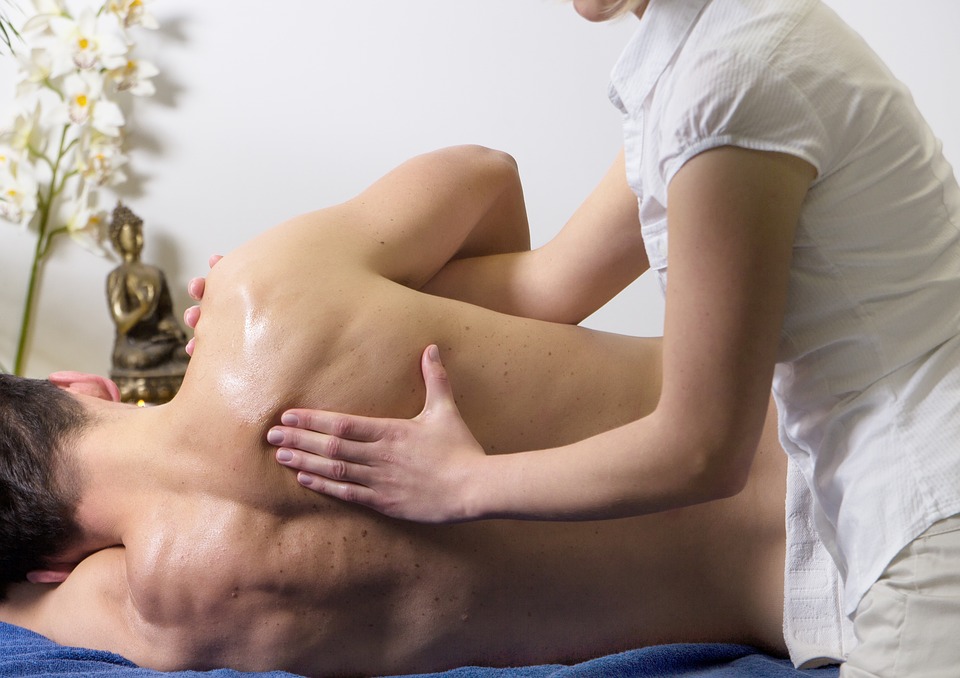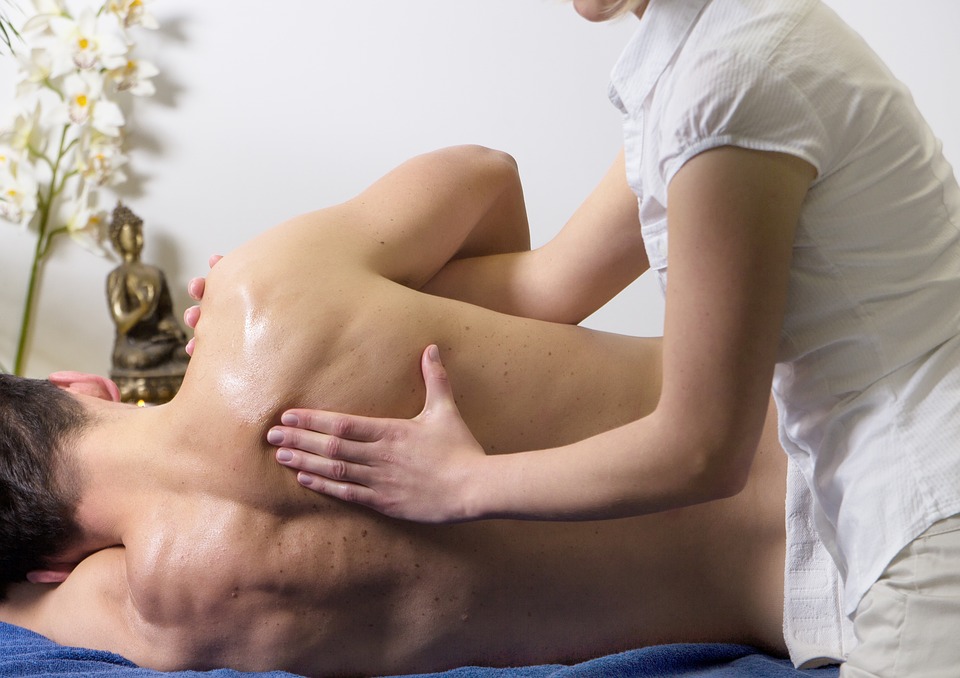Orthopedic rehabilitation in Germany

Rehabilitation after orthopedic diseases is a complex of measures aimed at restoring or correcting motor functions in patients with disorders of the musculoskeletal system. A prerequisite for effective recovery for any person is the early start of the use of rehabilitation measures, especially physical exercises. They contribute to the prevention of morphological and functional complications.
Features of rehabilitation in patients with orthopedic diseases
Often a serious violation or trauma of the musculoskeletal system requires surgical intervention, but subsequent rehabilitation is an equally important stage of recovery. It is necessary to develop a treatment program correctly, taking into account all the features of the patient.
The main issues are illness or injury, and the degree of damage to motor functions. Given these, procedures usually include physical therapy, massage, physiotherapy, occupational therapy, etc. Orthopedic rehabilitation in Germany is a set of methods aimed at recovering the patient as quickly as possible and returning to the usual rhythm of life.

Main pathologies in which rehabilitation is carried out
Due to high efficiency, orthopedic disease treatment in Germany facilitates the rehabilitation process. Neuro-motor and orthopedic rehabilitation are intended for patients with:
- Neurological pathologies, including cerebrovascular complications (hemiplegia, hemiparesis), peripheral nerve injuries (neuropathy, radiculopathy), muscle diseases (dystrophy), demyelinating diseases (multiple sclerosis), extrapyramidal syndrome (Parkinson’s disease).
- Orthopedic pathologies, including consequences of injuries of the musculoskeletal system (fractures), consequences of limb prosthetics (prosthetics of the hip and knee joints), amputations, vertebral dimorphism, osteoporosis, arthrosis.
- Rheumatic pathologies, including rheumatoid arthritis, ankylosing spondylitis.
- Obesity with motor complications.
Individual rehabilitation project
An individual rehabilitation project is drawn up with a versatile and individual approach to the patient’s needs. Various types of orthopedic diseases treatment in Germany are used for the motor and functional recovery, pain control, counteracting immobility or rigidity, coordinating movements and correcting posture.
Principles of rehabilitation, especially in older people, stem directly from the potentially unfavorable consequences of a prolonged stationary state. In fact, the functional consequences will be much more important in the case of pathologies that affect the lower extremities, since they violate the ability to move independently. In these cases, the danger of psychomotor regression is very serious. The primary task is also to prevent the violation of the patient’s balance, accelerating the stages of the rehabilitation program.
Diagnostic picture and multidisciplinary examination
A clinical examination conducted before the start of an inpatient treatment analyzes not only the existing pathology but also the clinical variables that could have affected the development of the pathology. The approach involves the coordinated work of a multidisciplinary team (physiotherapist, a specialist in the internal medicine, rehabilitation therapist, neurology specialists, occupational therapy doctor), which initially studies the patient and offers programs that affect various targets.
All stages of working with patients require not only the high competence of medical personnel but also the use of the latest technologies. The team reviews the programs and goals achieved weekly to confirm or change them. For a patient who wants to undergo orthopedic rehabilitation in Germany the help of the Booking Health will be absolutely necessary. Thanks to an experienced team of professionals, you will undergo rehabilitation in the best clinics of Germany at the best prices. All patients are treated here according to the high standards of the German healthcare system.
Rehabilitation therapy
Depending on the problems that were revealed at the stage of the diagnostics, the physiotherapist will choose the type, duration, and intensity of the program. Rehabilitation programs are carried out by rehabilitation therapists and include:
- Wii Fit training.
- Kinesiotherapy.
- Biocontrol with feedback.
- Mobilization of limb joints.
- Occupational therapy.
- Healing deep muscle massage.
- Acupuncture.
- Microcurrent treatment.
A mandatory component of an individual rehabilitation program is psychotherapeutic assistance. The psychotherapist and psychologist will help restore emotional balance, understand yourself, restore the joy of life, and solve problems.
Continuing therapy at home
After the completion of the rehabilitation process in the hospital and final determination of motor abilities and the achieved degree of autonomy-self-sufficiency, the team of doctors brings this data to the attention of the patient and/or family members. Together they agree on returning home or continuing rehabilitation in the healthcare institution, once again going through all the postural stages, walking, stairs and everyday activities. In any case, returning home will happen only when the patient’s condition is stabilized.
The doctor draws up an epicrisis, which shows the results of the examinations, the recommended drug treatment, the procedures performed, the follow-up tests that should be carried out at the place of residence, the instructions that the patient and/or family members or assistants should follow after returning home.
Author: Anna Melnikova
About the Author
Guest Author - Outside contributors to the Dispatch are always welcome to offer their unique voices, contradictory opinions or presentation of information not included on the site.
 Pathways Drug Rehabilitation Luxury Addiction Treatment & Detox Center
Pathways Drug Rehabilitation Luxury Addiction Treatment & Detox Center


